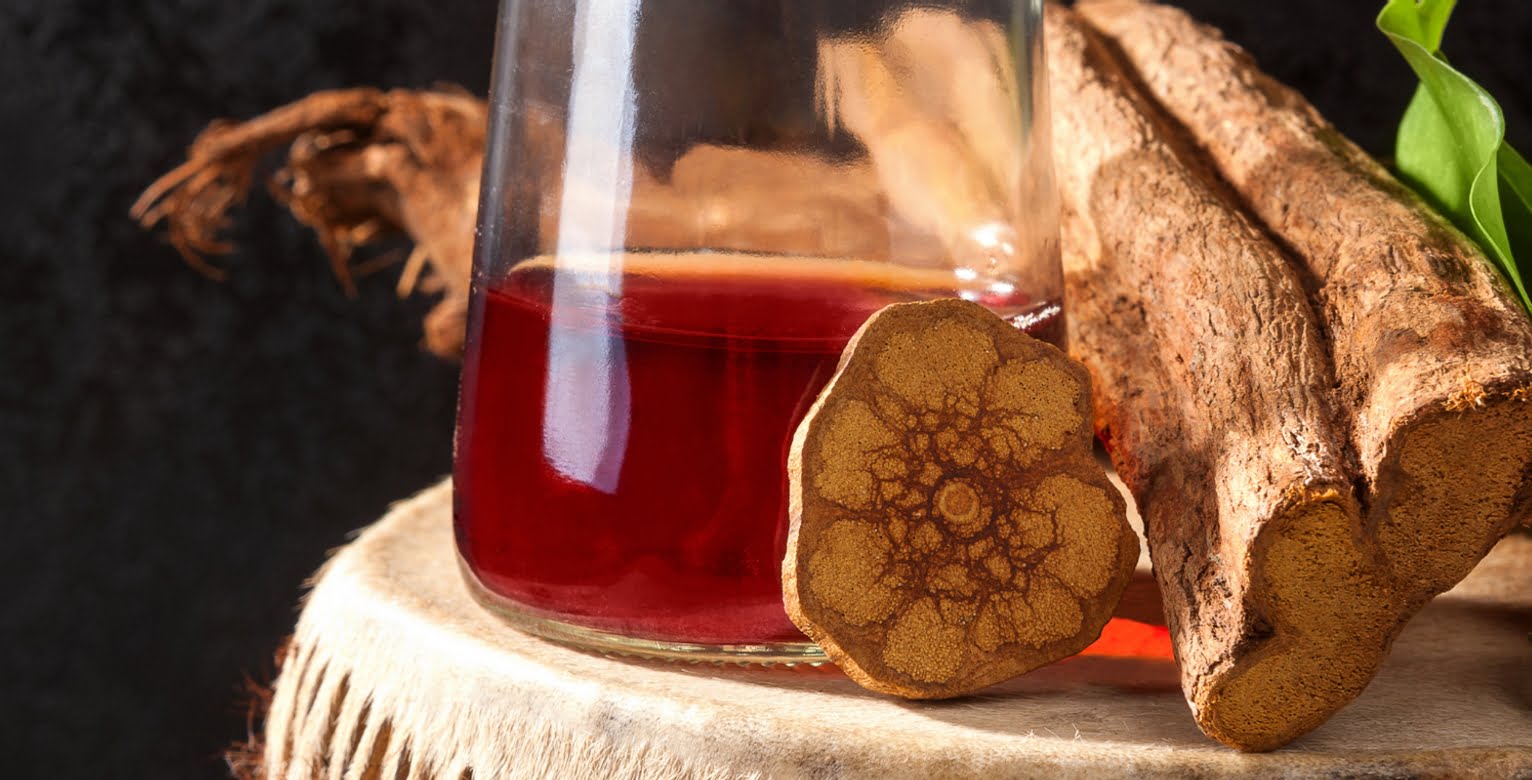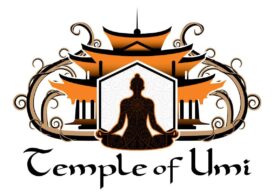Ayahuasca medicine
Ayahuasca medicine is a herbal beverage consumed in several Amazonian nations during rituals. However, it contains potentially dangerous substances that impact the brain.
What is ayahuasca?

The Quechua words aya, which means spirit or soul, and huasca, which means rope or vine, are combined to form the word “ayahuasca.” The herbs Banisteriopsis caapi and Psychotria Viridis are frequently used to make ayahuasca. Ayahuasca’s chemical composition has the potential to lower depressive symptoms and elevate mood.
There isn’t enough credible scientific data to support the use of ayahuasca medicine for disorders like depression, grief, and suicide prevention.
Uses of Ayahuasca medicine
Ayahuasca’s chemical composition has the potential for lowering depressive symptoms and elevating mood. However, there isn’t enough credible scientific data to support the use of ayahuasca for disorders like depression, grieving, and suicide prevention.
Reports from neuroimaging tests According to a Reliable Source, ayahuasca increases blood flow to the medial temporal lobe, amygdala, and hippocampus, regions of the brain that assist in controlling emotions and memory.
Ayahuasca has been used for thousands of years as a medicinal plant or as part of religious rites and tribal rituals in Ecuador, Colombia, Peru, and Brazil.
They utilise it to address spiritual crises and psychological and physical concerns. Some people think it can help with insight or emotional healing, promote personal development, and even facilitate communication with spirits and deities.
P. Viridis leaves with broken B. caapi stalks will be boiled in water by a shaman or curandero, a type of healer.
The shaman will remove the water once the combination has reduced and add more plant material to create a highly concentrated tea. The tea will then be cooled before being strained.
Ceremony times for ayahuasca are often at night. Within an hour of drinking the tea, participants will start to experience psychedelic effects, which can last up to 6 hours. Long after the effects have worn off, ceremonies frequently continue.
The effects of ayahuasca include:
- feelings of euphoria
- hallucinations
- fear
- paranoia
- gastrointestinal symptoms.
What are the health benefits?
According to research, ayahuasca may have several possible health advantages, particularly for mental and emotional health. More research is, however, required to validate these results. Potential benefits consist of:
Healthy brain
DMT and beta-carbolines, the primary hallucinogenic components of ayahuasca medicine, shield and repair certain brain areas.
According to ResearchTrusted Source, DMT use may increase the creation of antistress and antioxidant proteins.
A 2017 study in rats found that harmine, the main beta-carboline in ayahuasca, may have neuroprotective and cognitive-enhancing effects because it lowers inflammation and oxidative stress. Studies are necessary, nevertheless, to corroborate these findings in humans.
According to this research, harmine is also associated with higher levels of brain-derived neurotrophic factor (BDNF), a protein that helps neurons survive and sustain connections between them.
laboratory analysis
According to a reliable source, B. caapi contains chemicals that accelerate adult neurogenesis or the growth of new neurons.
Mindfulness
According to specific research, ayahuasca medicine may improve a person’s capacity for mindfulness.
Small research
According to a Trusted Source study, consuming Ayahuasca once a week for four weeks had the same “acceptance-boosting” effects as an eight-week mindfulness-based stress reduction (MBSR) programme.
Acceptance here refers to the absence of judgmental attitudes and actions, which the researchers assessed through a “mindfulness score.”
To confirm these results, the experts propose conducting additional studies with more significant sample numbers.
Other research
Trusted Source recommends ayahuasca medicine for enhancing mindfulness.
Mood and feelings
Ayahuasca may help with mood and emotion control, as well as stress and despair.
According to one study’s trusted source, harmine and other compounds that support neurogenesis are present in B. caapi preparations, which may be why they exhibit antidepressant action. The creation of neurons is known as neurogenesis.
Additionally, a 2018 study published by Trusted Source that included participants in ayahuasca rituals discovered that evaluations of stress and depression fell significantly after the ceremony. However, four weeks following the ceremony, these lower levels of depression persisted.
Other studies
Concerning individuals with treatment-resistant depression, Trusted Source concurs with the evidence and hypothesises that a single dosage of ayahuasca may have an immediate antidepressant impact. Then, for a few weeks, this antidepressant effect lasts.
According to an analysis of six studies by Trusted Source, ayahuasca may also aid in treating anxiety and mood disorders.
trauma-related stress disorder (PTSD)
A research article from 2018
According to a reliable source, ayahuasca medicine may help those who have PTSD. It aids in the recovery of suppressed memories, paving the way for the brain to rewire or stop the corresponding fear response.
More research in this field is necessary to determine the ayahuasca’s safety and efficacy for people living with PTSD.
Addiction
Some research suggests that ayahuasca may also be helpful for those with substance use issues.
small research
According to a trusted source, two ayahuasca ceremonies were held as a part of a 4-day therapy programme for 12 people with psychiatric and behavioural problems brought on by substance abuse.
The subjects continued to report positive and long-lasting effects after six months. Additionally, they demonstrated gains in their overall quality of life scores, mindfulness, and feelings of hope and empowerment.
The usage of cannabis and opiates did not change. However, the subjects reported a considerable decrease in alcohol, tobacco, and cocaine consumption.
Further proof of this claim
Ayahuasca may help people addicted to alcohol and tobacco, according to a trusted source. However, the reviewers urge additional study in this field.
Suicidal thoughts
2019 research
According to Trusted Source, long-term psychedelic use may reduce suicidal ideation levels. In addition, according to the study, ayahuasca exhibits promise as a type of treatment for various mental health conditions that may fuel suicidal ideation.
Therefore, ayahuasca may have application in preventing suicide, although further study is required to establish this.
Dangers and negative
Effects.
While some studies have shown that ayahuasca may have certain advantages, it is crucial to remember that most of these investigations were modest in scope. Some involved using animals or test tubes.
Ayahuasca brews are also meticulously prepared and controlled by researchers. However, this is not always the case outside of clinical trials.
The use of ayahuasca has some serious adverse effects, including death. In addition, shortly after consuming the brew, some people may experience transient side effects, such as:
- anxiety
- diarrhea
- nausea
- panic
- paranoia
- vomiting
The consequences of ayahuasca’s interactions with other drugs, plants, and medical conditions can occasionally be very harmful. Therefore, ayahuasca shouldn’t be consumed by anyone who is:
- antidepressants, including serotonin-norepinephrine reuptake inhibitors (SNRIs) and tricyclic antidepressants
- cough medications, such as dextromethorphan
- lithium or other psychiatric drugs
- medications for Parkinson’s disease
- methadone
- St. John’s wort
- weight loss pills
Ayahuasca use should also be avoided by people with schizophrenia or other mental health conditions.
The brew may raise blood pressure and pulse rate, which may be harmful to people with cardiac conditions.
Drinking ayahuasca has reportedly caused death in some instances trusted Sources. This has frequently happened as a result of other ingredients in the beverage. The danger of significant adverse effects may increase if an unskilled person prepares the brew.
People with mental health concerns must only seek care from licenced medical professionals.
Why do discerning people often go to ayahuasca retreats abroad?
For spiritual enlightenment, self-discovery, and healing, people travel to Peru, Mexico, and other stunning destinations.
1. Legality –
The hallucinogenic ingredient in ayahuasca, DMT, is a Schedule 1 substance prohibited in the United States. So you don’t have to go all the way to Latin America to participate in a spiritual rite using plant medicine. A few Ayahuasca retreat places in the USA comply with the Religious Freedom Restoration Act (RFRA), a regulation that defends religious rituals. Those who practice medicine under the RFRA must do it following the cosmological and religious beliefs that support their authorization. Several ayahuasca medicine practitioners with roots in the USA have attempted to change their methods over the years to cater to a more Western clientele and retreat style. Still, they have unluckily lost their licenses because it was determined that they no longer adhered to the strict religious standards outlined by the RFRA. In addition, there are ongoing legal procedures against other people currently functioning in the USA. If a retreat in the USA is essential for you, we firmly advise that you conduct your investigation and due diligence.
2. Cultural Context –
Working under the Religious Freedom Restoration Act in the USA, indigenous shamans and healers are doing valuable work, and it is crucial to support and safeguard these keepers of wisdom. The resulting cultural differences can occasionally prevent Westerners from receiving the amount of attention, service, and concentrated healing they frequently seek when they attend a ritual that is required by custom and law to advance particular religious aims. It is essential to understand that many indigenous traditions adhere to cosmologies very dissimilar from our own in the West. These differences can be strongly felt and perhaps even overpowering at ceremonies, especially for newcomers. There is no right or wrong, but in our experience, working with sacred plant medicine in an environment that permits the subjectivity of the background to unfold in a way consistent with their belief system is very beneficial for people. The quality and safety of the experience can be significantly impacted by these energy variations (again, especially for first-timers).
3. Anchoring the New You –
There is something about boarding a plane that causes an energetic reset as if we have passed through a gateway. Even without ayahuasca, there is a sense of freshness, liberation, adventure, and unrealized potential.
What helps you transform: a week-long, fully immersed encounter with mother ayahuasca in a stunning, tranquil setting that connects to the vibrancy of nature, as well as some downtime for relaxation, introspection, and integration before returning to the outside world. You merit it. This project and you both matter too much.
Not so good: Returning to work on Monday after spending Friday driving to a retreat. Back into the situation where the “old you” has expectations for the “new you” when this job is done effectively (you are prepared, working with expert facilitators, and give yourself the space and time for a retreat and integration).
Keep this in mind when selecting Ayahuasca retreats and facilitators. You’re entrusting someone else with control over your consciousness.
